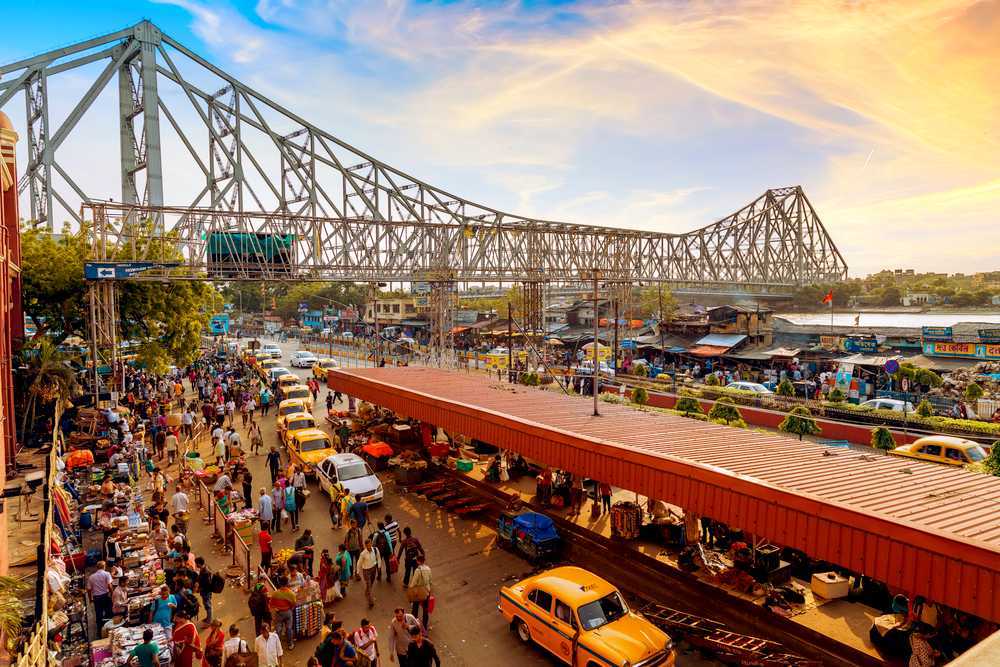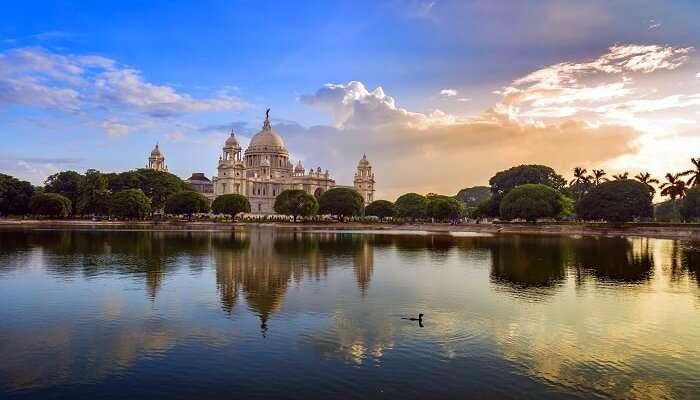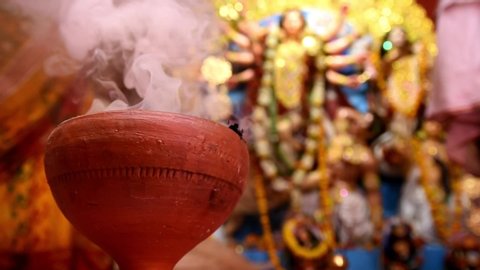This is the Howrah Bridge (in Kolkata) viewed from a departing airplane at midnight. If one stretches their imagination a little, one will notice that the bent shape of the Howrah Bridge resembles a subtle smile. She is smiling back at you as you leave the city for another city. She wishes you the very best for your future.
However, secretly, She also knows for a fact that no matter how modern and flashy other cities are, they won't be a city with a 'heart'. The reason why Kolkata is called the "City of Joy" is because Kolkata is a city with a heart, with a soul.
Here is my city in pictures. I have tried to uphold the essence of Kolkata, which always refuses to give up its originality and integrity in the face of surmounting pressure.
1. Howrah Bridge (obscurely known as Rabindra Setu) is built on the Ganga river. It was imagined by George Turnbull in 1935 and opened in 1943. It is currently the sixth-longest cantilever bridge in the world. On the left side of the bridge is one of the busiest railway stations in the world- the Howrah Railway Station. Do you notice the iconic yellow taxis? As of now, it only operates in Kolkata.

3. MG road or Mahatma Gandhi Road. If you ask me, this has got to be the most chaotic road in the whole world! But despite all chaos, everything somehow works. It connects important places like College Street, Presidency University, Sealdah Station, and Hatibagan. The Barra-bazaar is located here and is a huge flea market exploited by wholesalers across North India.
7. Great personalities: In case you stumbled upon these famous names, they were from Kolkata or were closely associated with the city...(By no means this list is exhaustive. It is impossible to list all the famous personalities in a single post.) I will keep complementing it from time to time.

 Rabindranath Tagore. Nobel Prize in Literature 1913 for Gitanjali ( Song Offerings). He was also the first non-European to receive this prize. His works celebrate the complexities of human relationships and the beauty of the simplicity of life and nature.
Rabindranath Tagore. Nobel Prize in Literature 1913 for Gitanjali ( Song Offerings). He was also the first non-European to receive this prize. His works celebrate the complexities of human relationships and the beauty of the simplicity of life and nature.Satyendra Nath Bose. The founder of Bose statistics and Bosons (half of the fundamental particles in the standard model) is named after him. He proved the Planck Radiation formula without any ad-hoc assumptions or classical theory but using only pure mathematics. He closely collaborated with Albert Einstein and developed the theory of Bose-Einstein Condensate.
Sarat Chandra Chattopadhyay. He was a Bengali novelist and short story writer of the early 20th century. Notable works: Srikanta, Choritrohin, Devdas, Parineeta, and Pother Dabi. His works have been translated into several Indian languages and also adapted into movies (Parineeta and Devdas).
















